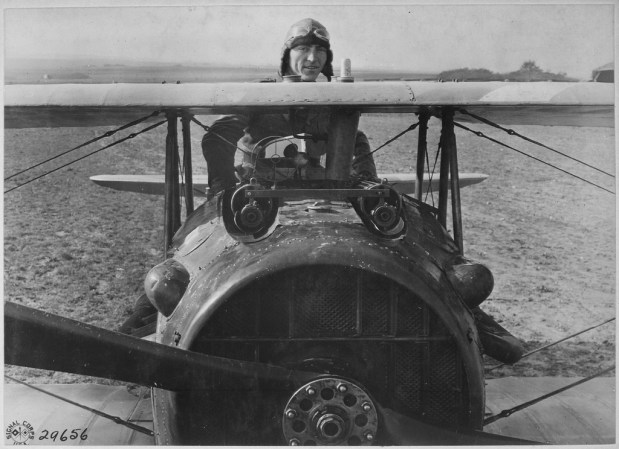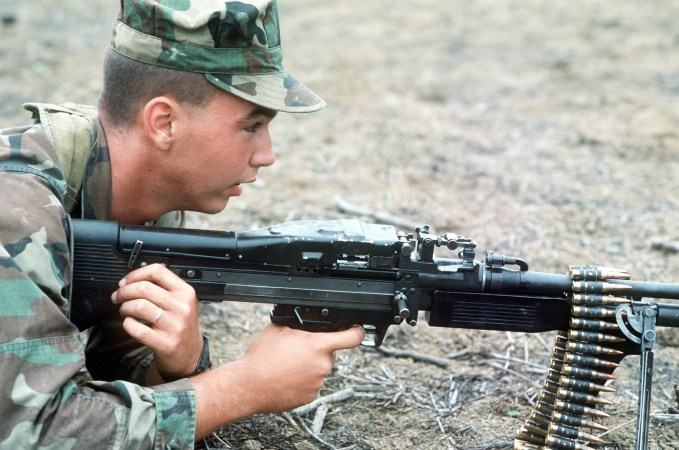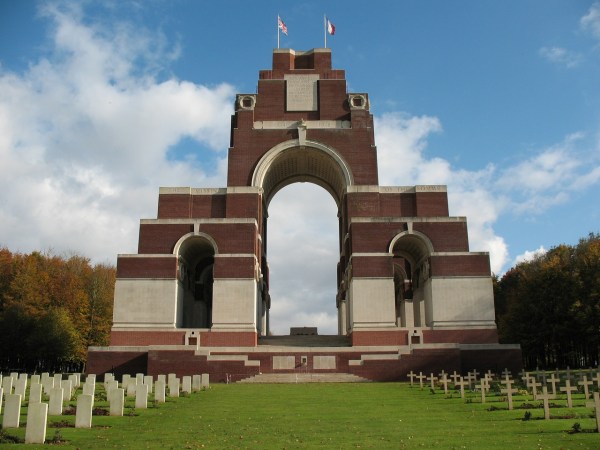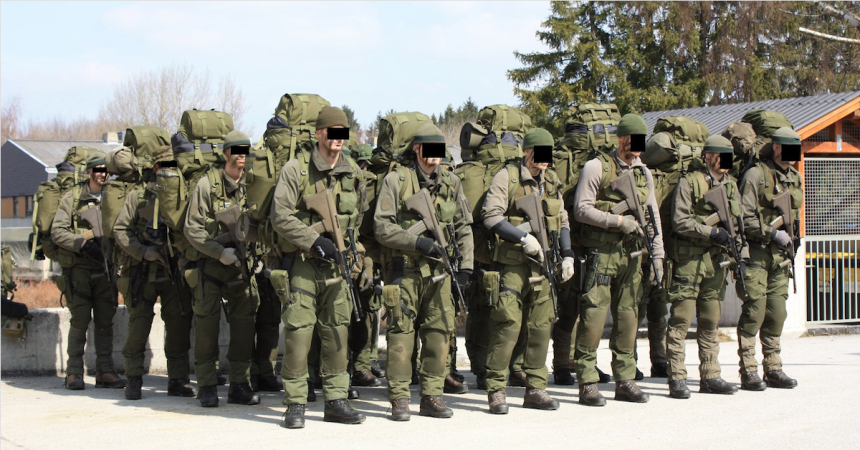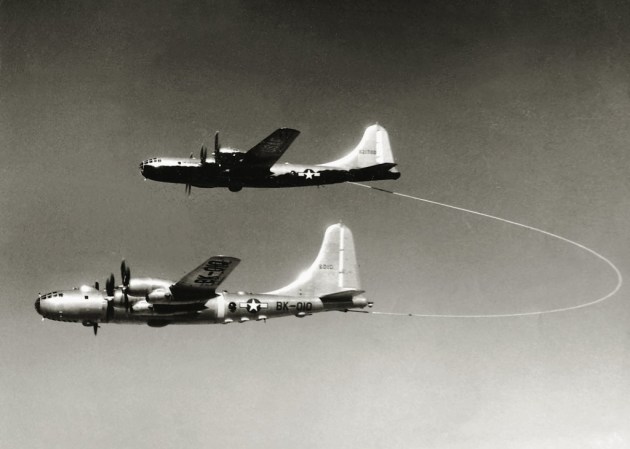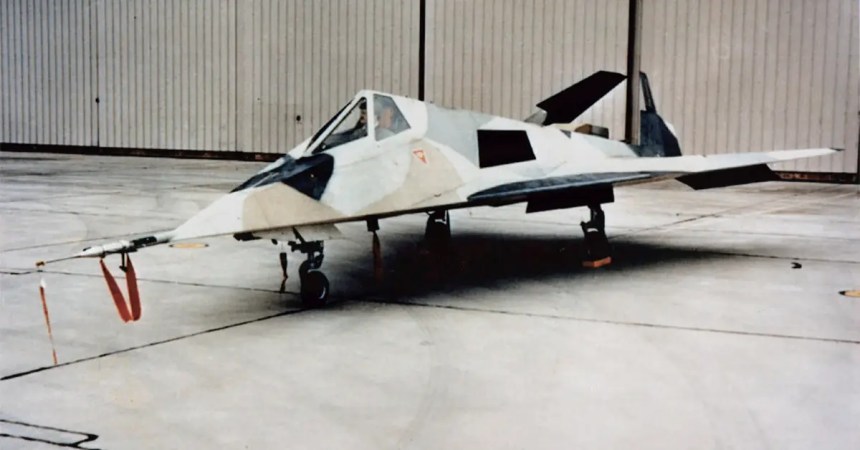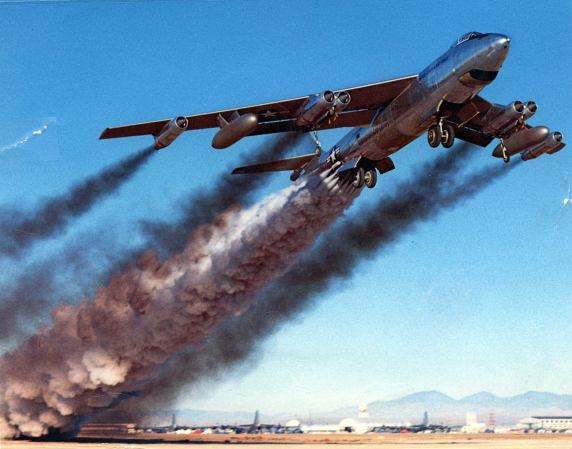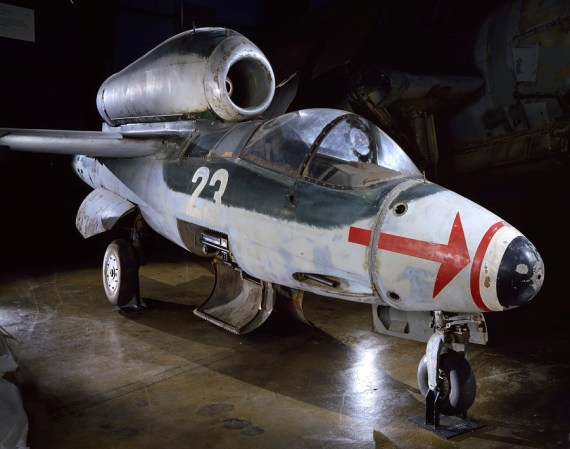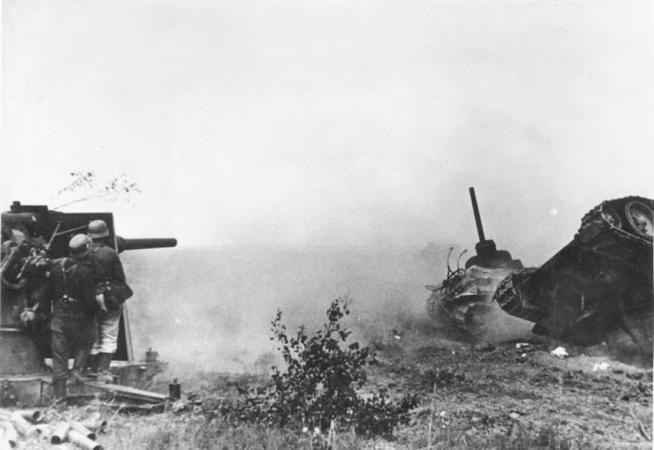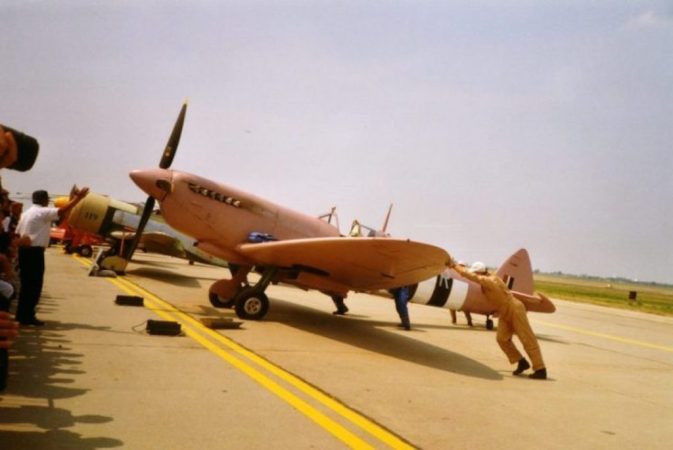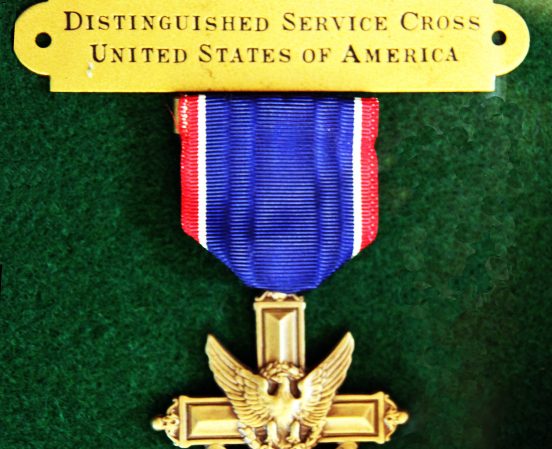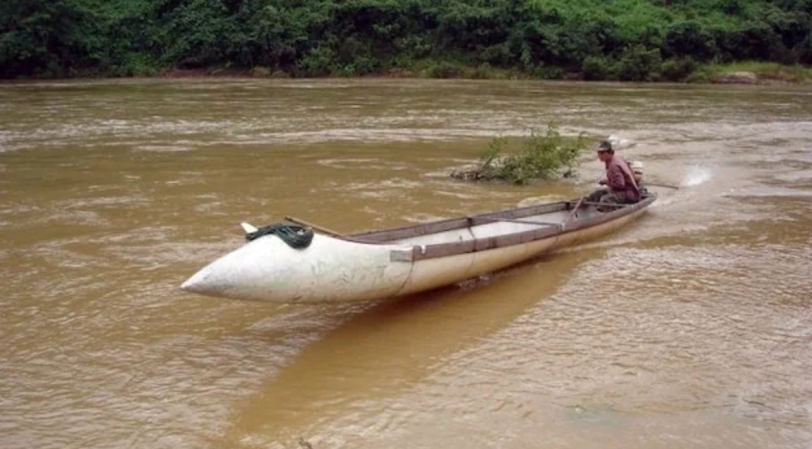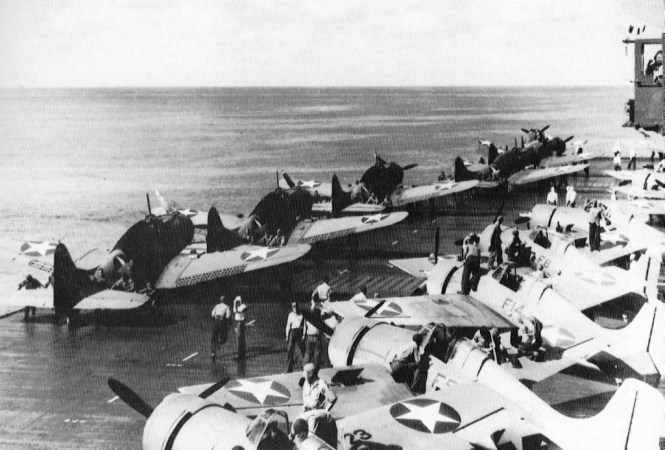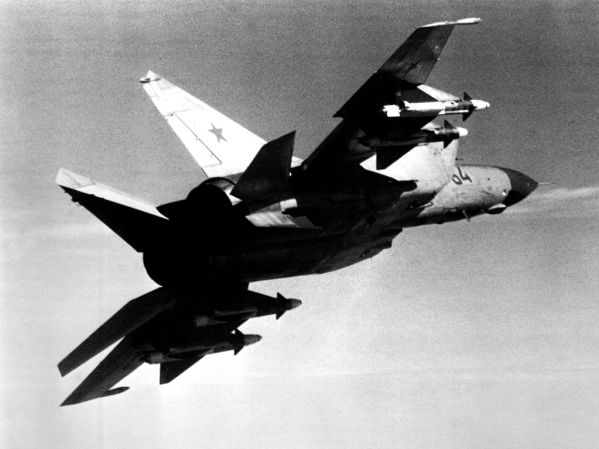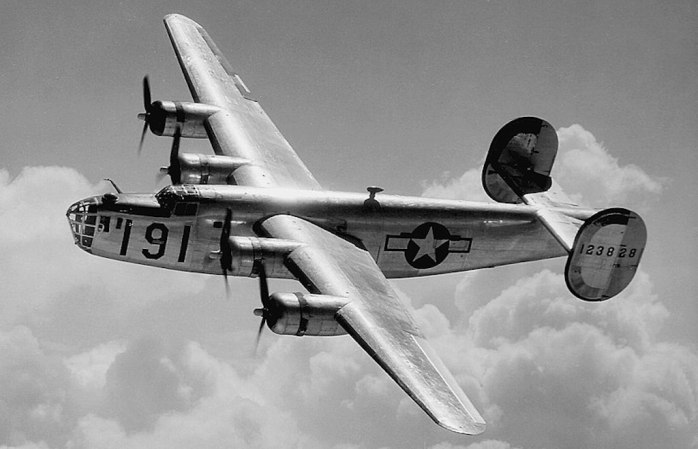During World War I, Germany set out to make the first stealth aircraft and successfully did so, creating multiple invisible planes in 1912 that later saw combat deployment in World War I.
Unfortunately for the pilots, though the planes were invisible from the ground, they were often the single-most visible objects in the sky — particularly so when engulfed in flames.

A German plane with see through wings and fuselage. These were found to be nearly invisible from the ground, but easy to spot when sun glanced off the reflective surfaces.
The problem is easy to understand. German engineers wanted the ultimate camouflage, and they went searching for a see-through material that could withstand the rigors of flight. They settled on a translucent cellon acetate, a cellulose product with qualities similar to movie film.
The canvas on early planes was swapped out with this clear material. The engine, pilot, and frame were all still visible, but the target was nearly invisible when viewed from the ground given that the planes were flying at 900 feet or higher. Even at lower altitudes, they were difficult to see and target.
From the sky, however, pilots ran into a very real problem.
The material was highly reflective of direct sunlight. So, when an enemy was approaching from a variety of angles, the sunlight would reflect off the wings and light up the plane like a beacon for anyone paying even minor attention to their surroundings.
Without radar, planes were already essentially invisible at night. So, stealth was supposed to revolutionize the daytime environment — see the issue here? The stealth technology was all but useless if the sun caused it to backfire completely.

A Fokker 2 plane equipped with invisible skin.
For their part, the Germans knew that they had a problematic technology on their hands, and they largely shelved the invention, returning to a canvas body for most of their planes.
Still, the cellon planes were deployed during World War I and their combat record was even worse than you might expect. That’s largely because it was applied to possibly the worst candidate for cellon imaginable: a massive bomber of the Riesenflugzeug family.
A bomber would likely be the most valuable plane to turn invisible, but cellon shrinks and expands based on humidity and temperature, things that often vary in flight. Because the bomber was massive, that shrinking and expanding greatly affected the way the bomber flew.
The problem was that the plane already ran hot; four large engines mounted on the fuselage filled it with heat. Add to this an intense amount of sunlight passing through the clear fuselage and the result was a plane that was nearly unpilotable.
Something worth mentioning, though it didn’t end up affecting the bomber, is that cellon is highly flammable. So, if anything had gone wrong, it would’ve been a Hindenburg-style conflagration.

A German Riesenflugzeug bomber with transparent panels. Pilots flew from the third deck at the front and had to deal with the horrendous heat and the shifting control surfaces.
The plane took two flights during the war. During the first, the shifting cellon made the plane controls impossible to work. The pilot tried to land the plane but couldn’t tell just how far the plane extended beneath him. He crashed and the plane was badly damaged.
The second flight went much worse — the plane’s wings just fell off. One crew member was killed.
Cellon stealth was not the wave of the future they wanted it to be — not that it would’ve helped Germany much. By World War II, radar was the new rage, and cellon wouldn’t have helped much, even given perfect conditions.
But that would’ve been great. Convincing the Nazis to fly planes made of highly flammable materials that changed size and shape during flight and sometimes just lost their wings would’ve been the a joy for the Allies.
“Hey, Luftwaffe, congrats on the invisible planes. Please, send as many pilots in as many planes as you can.”



